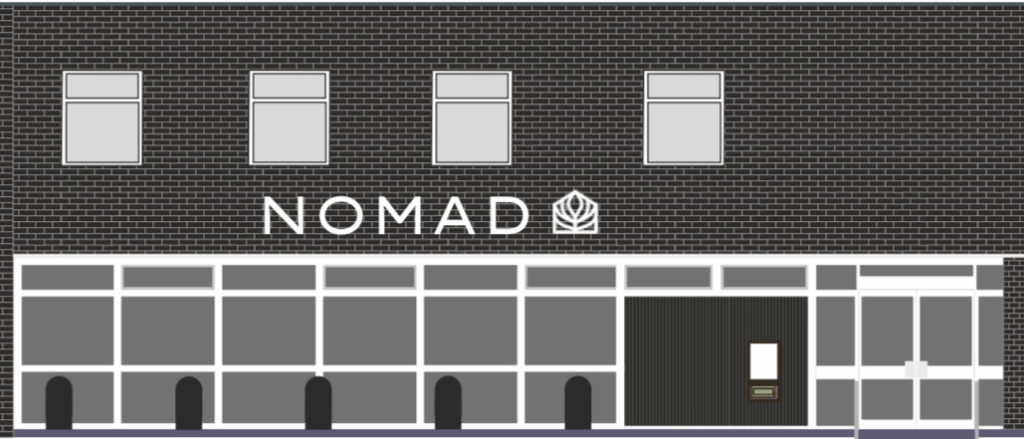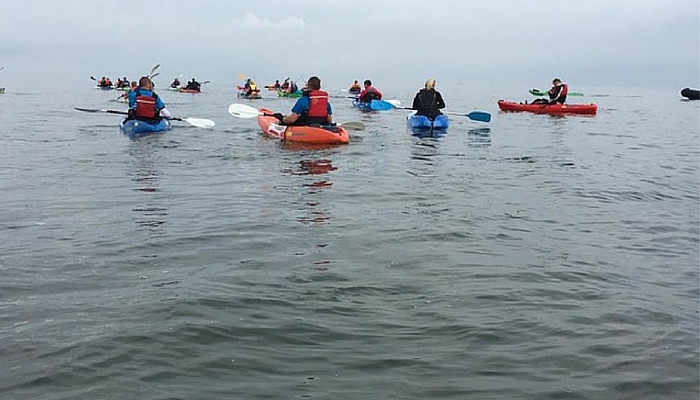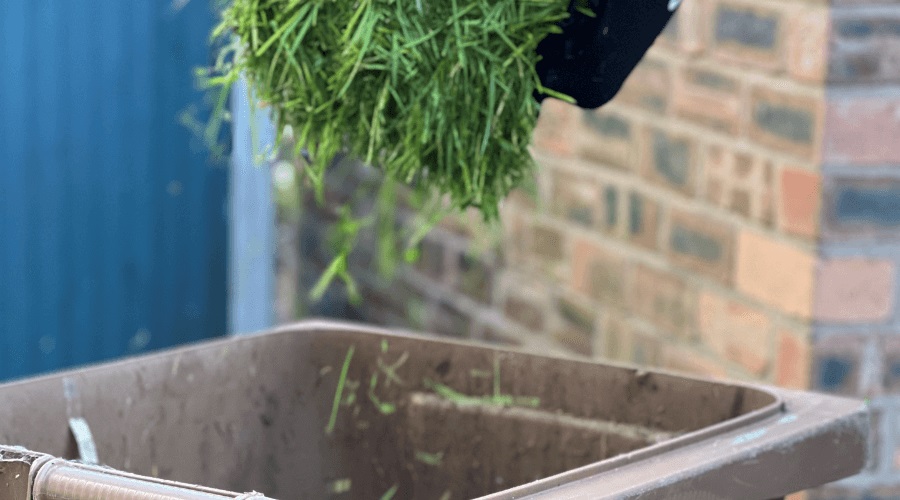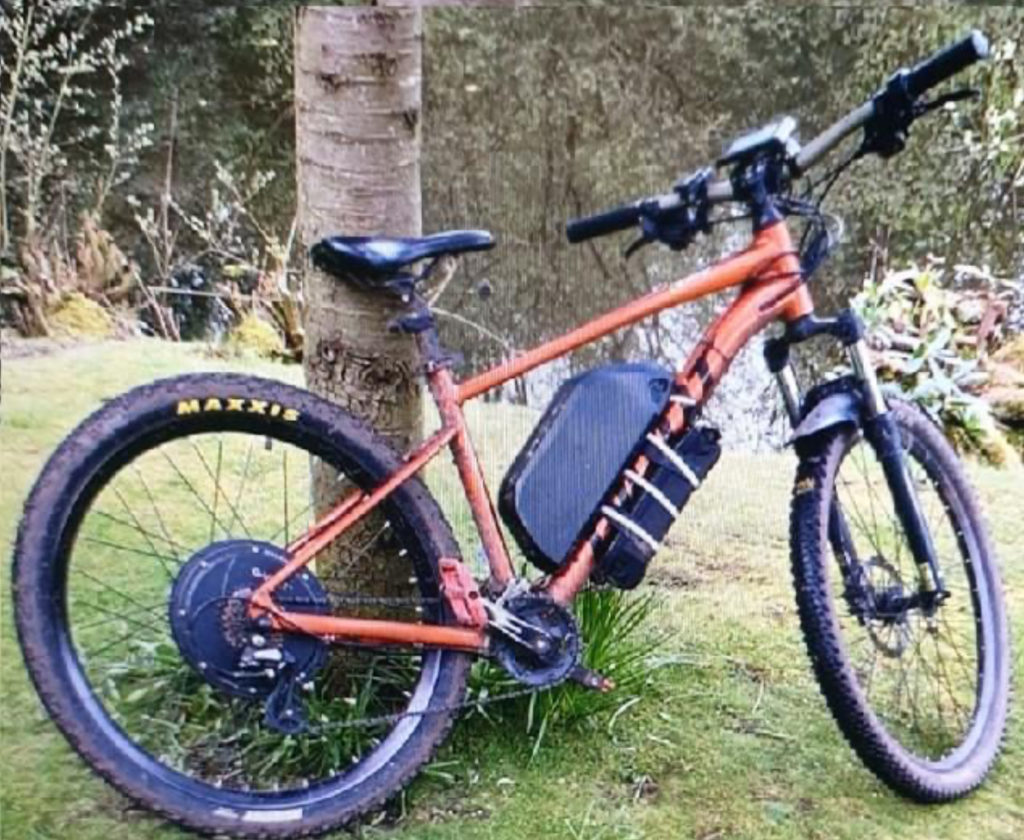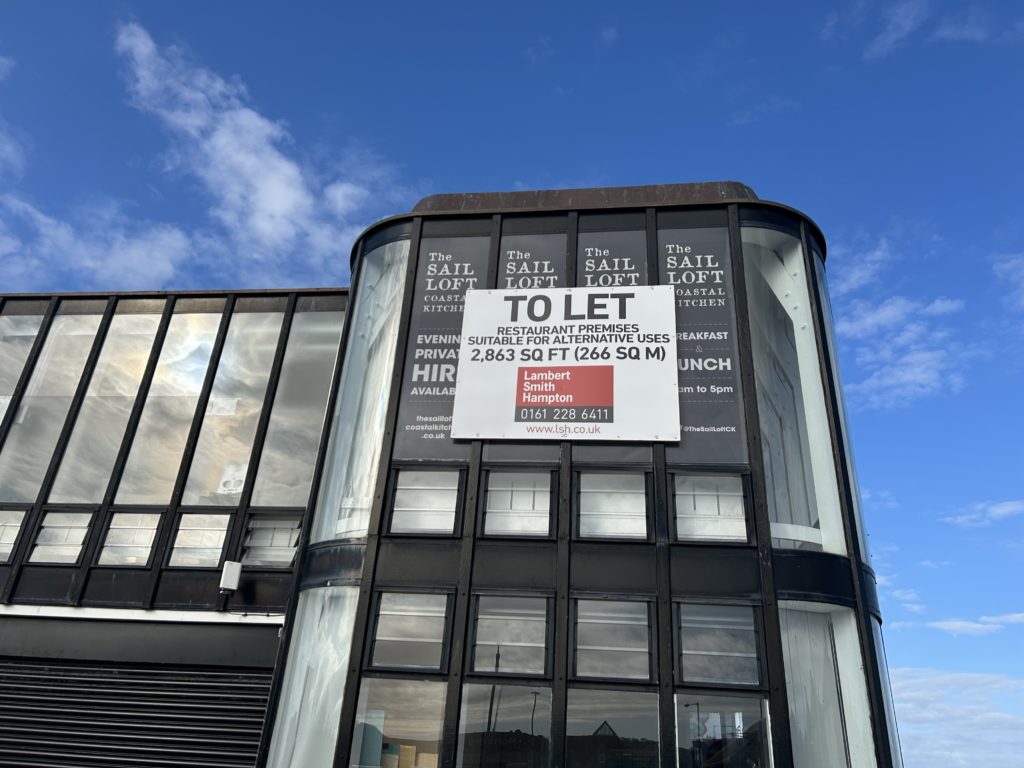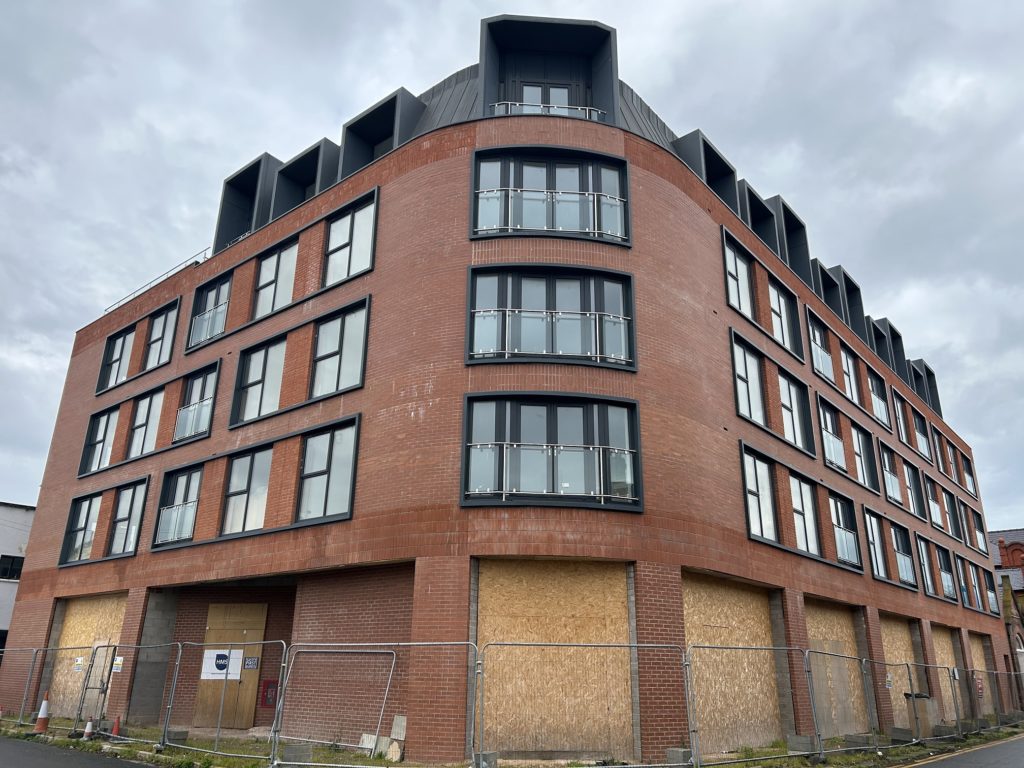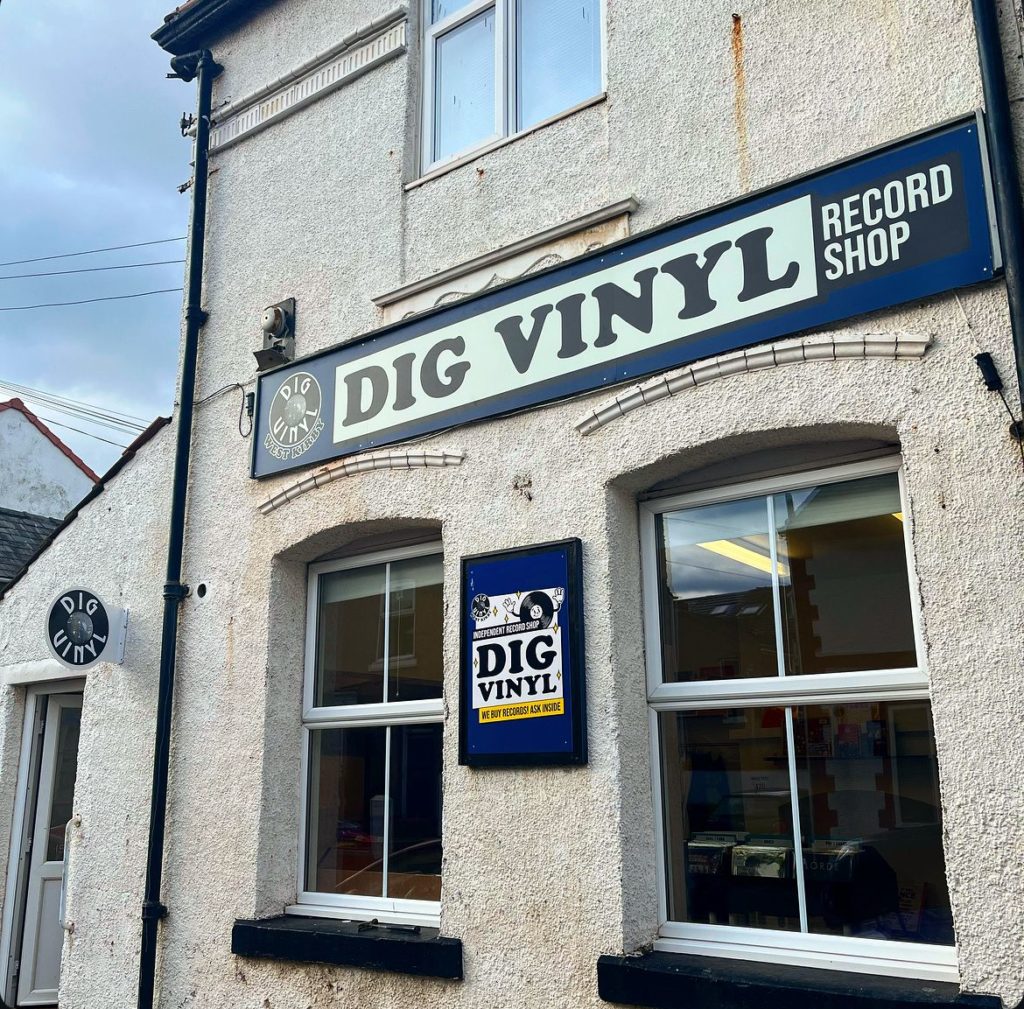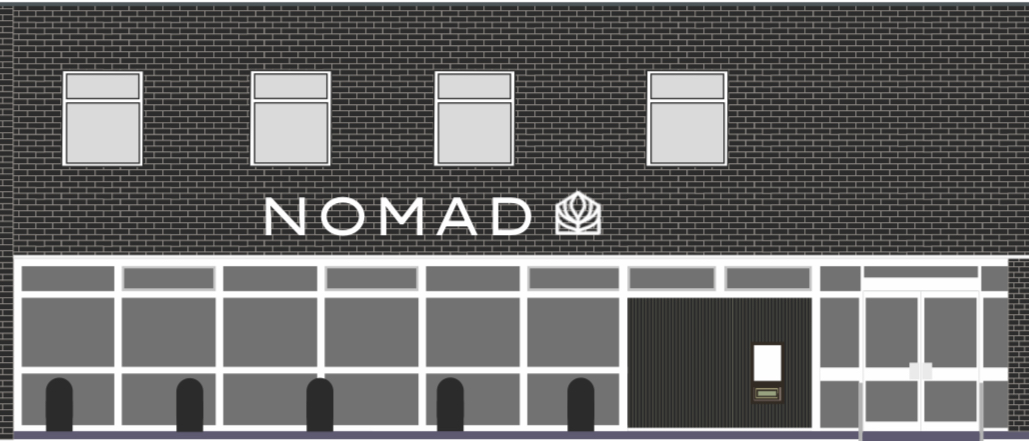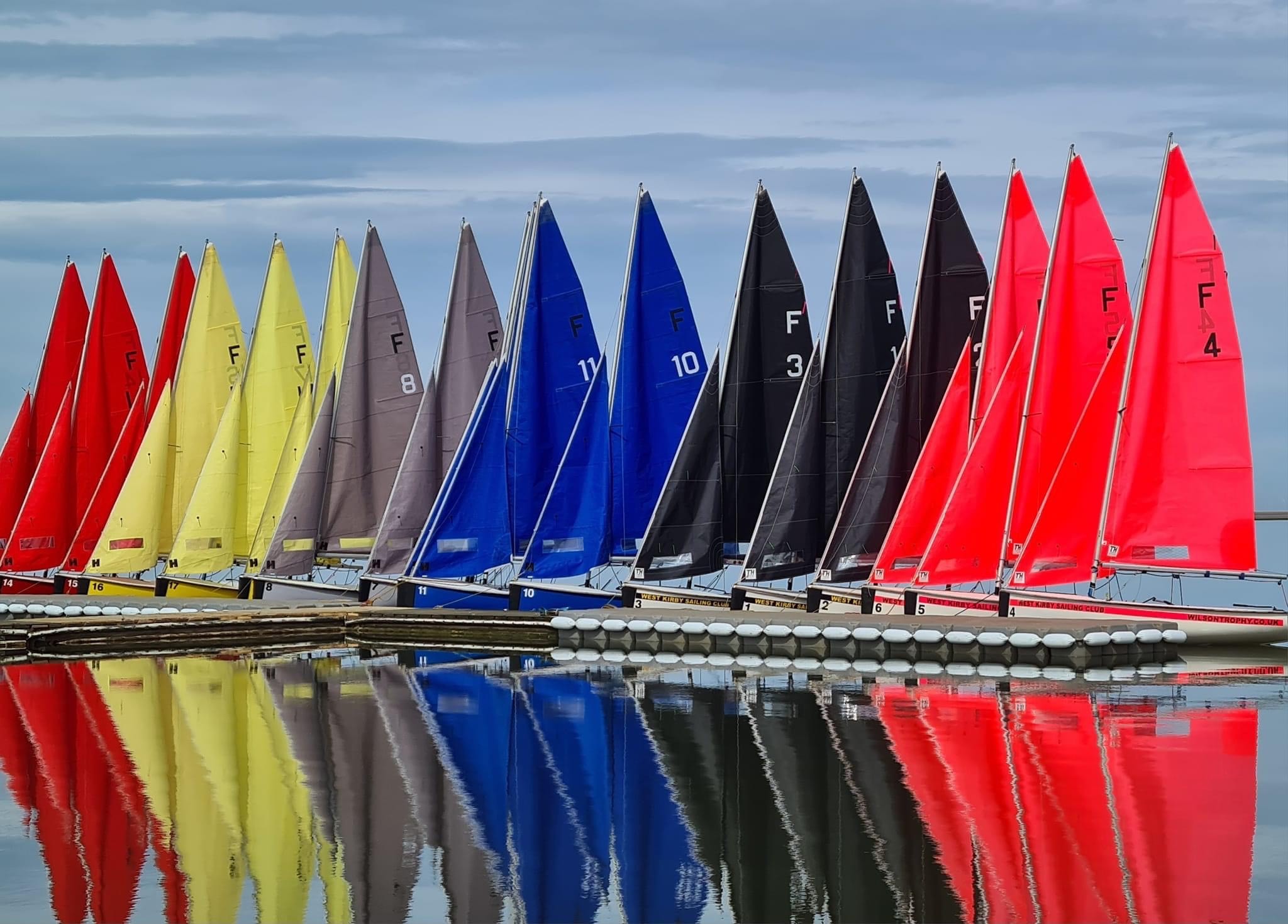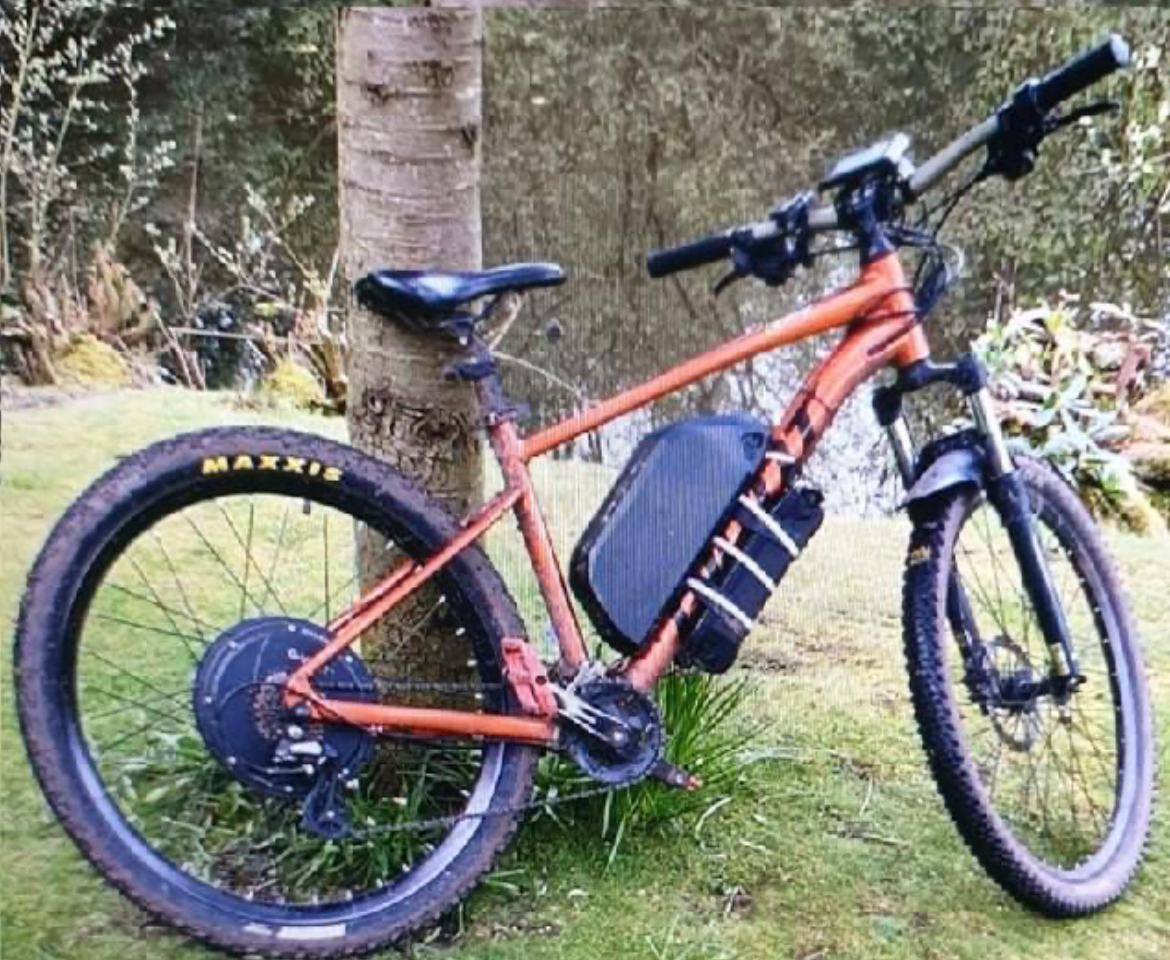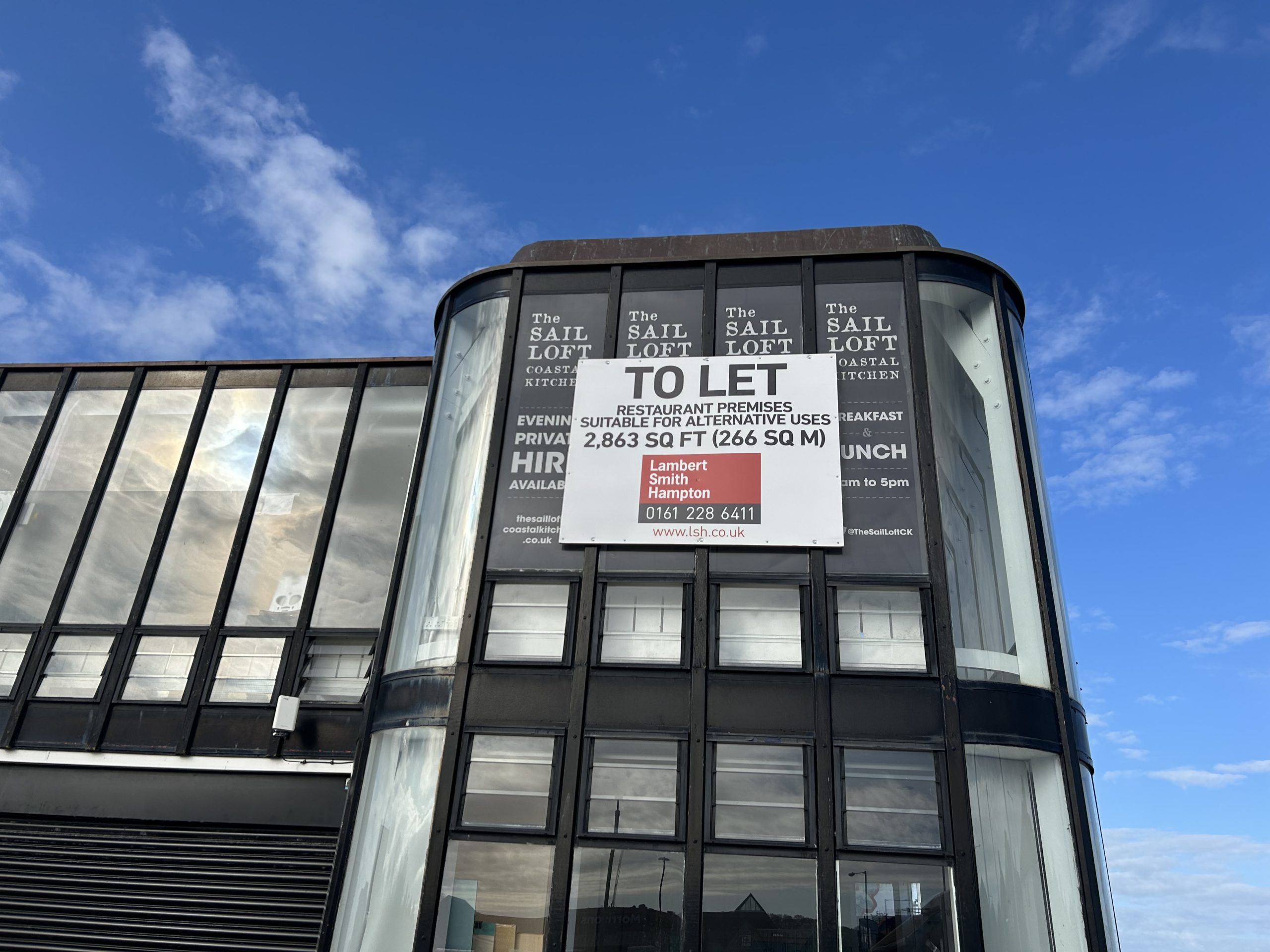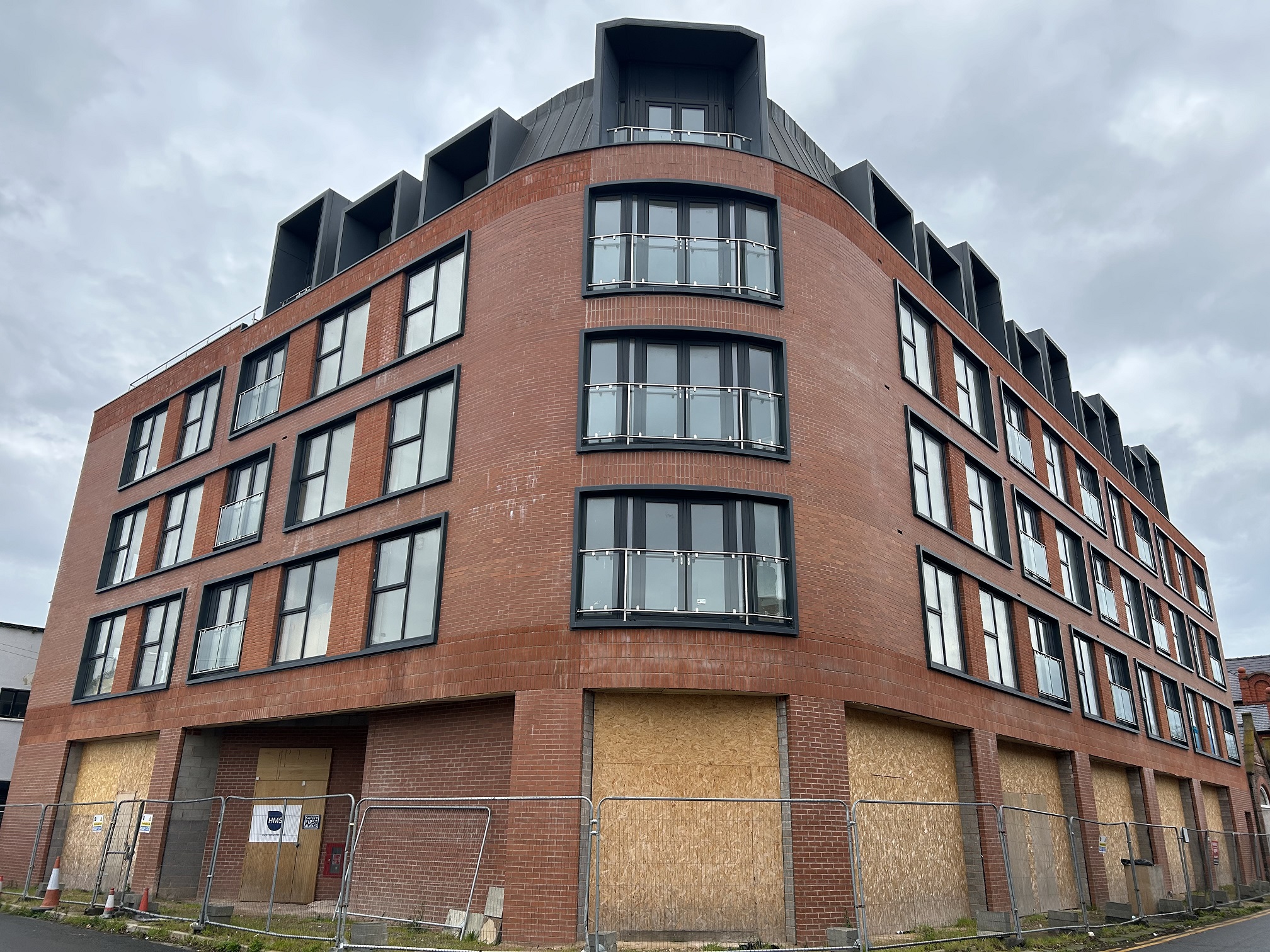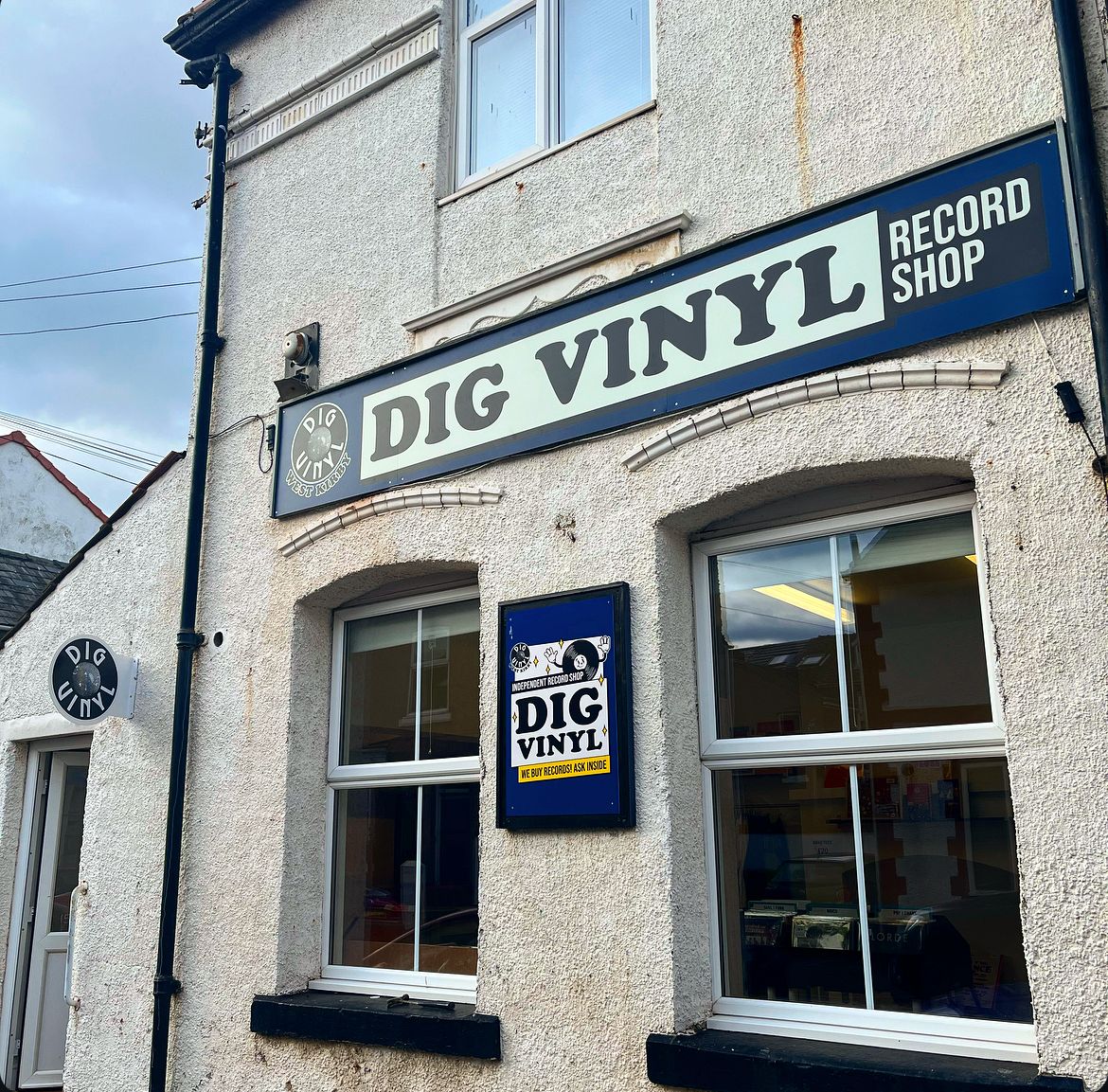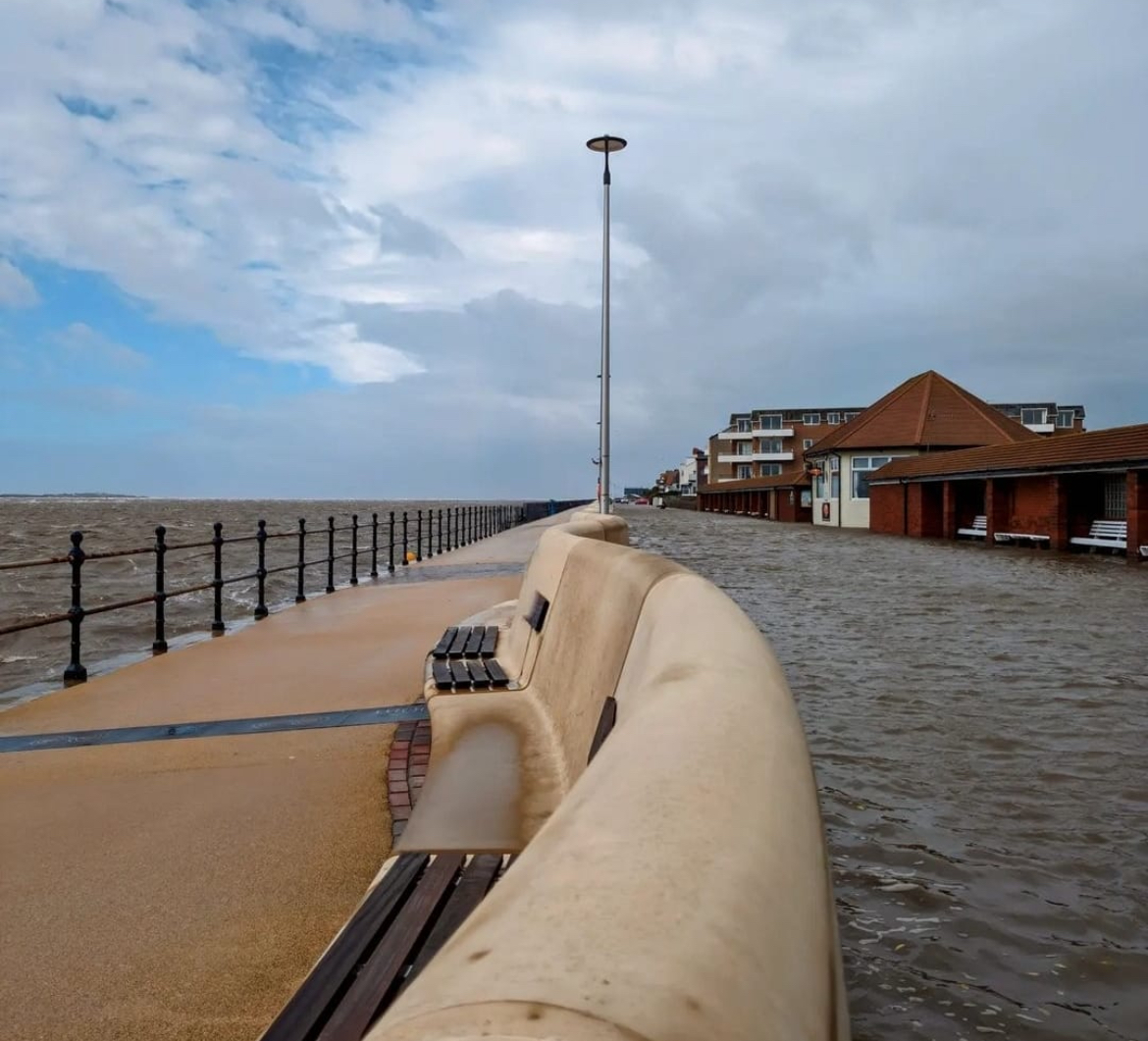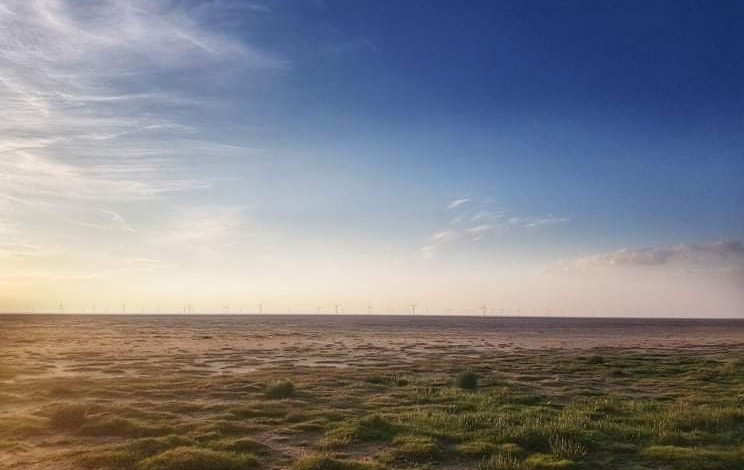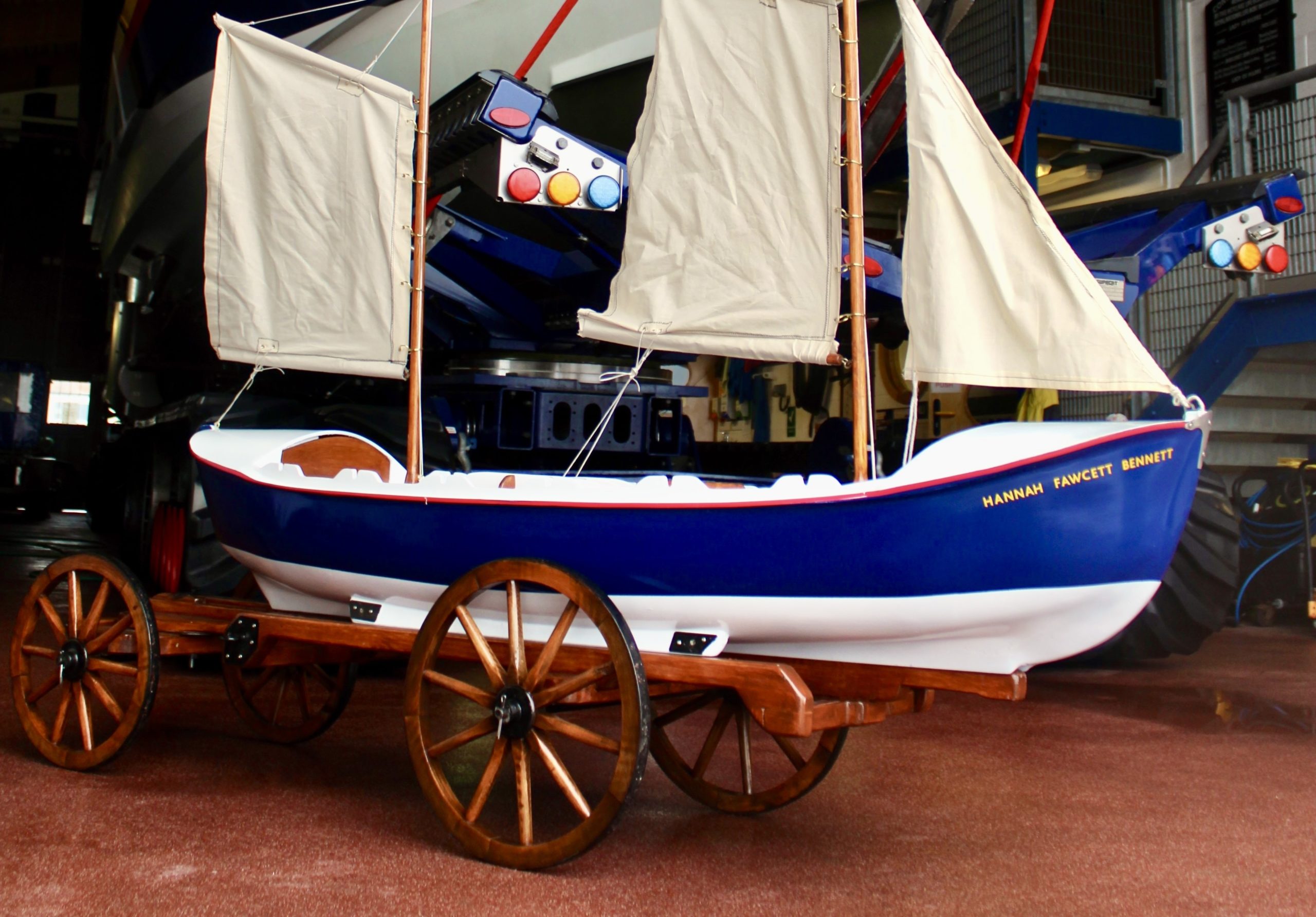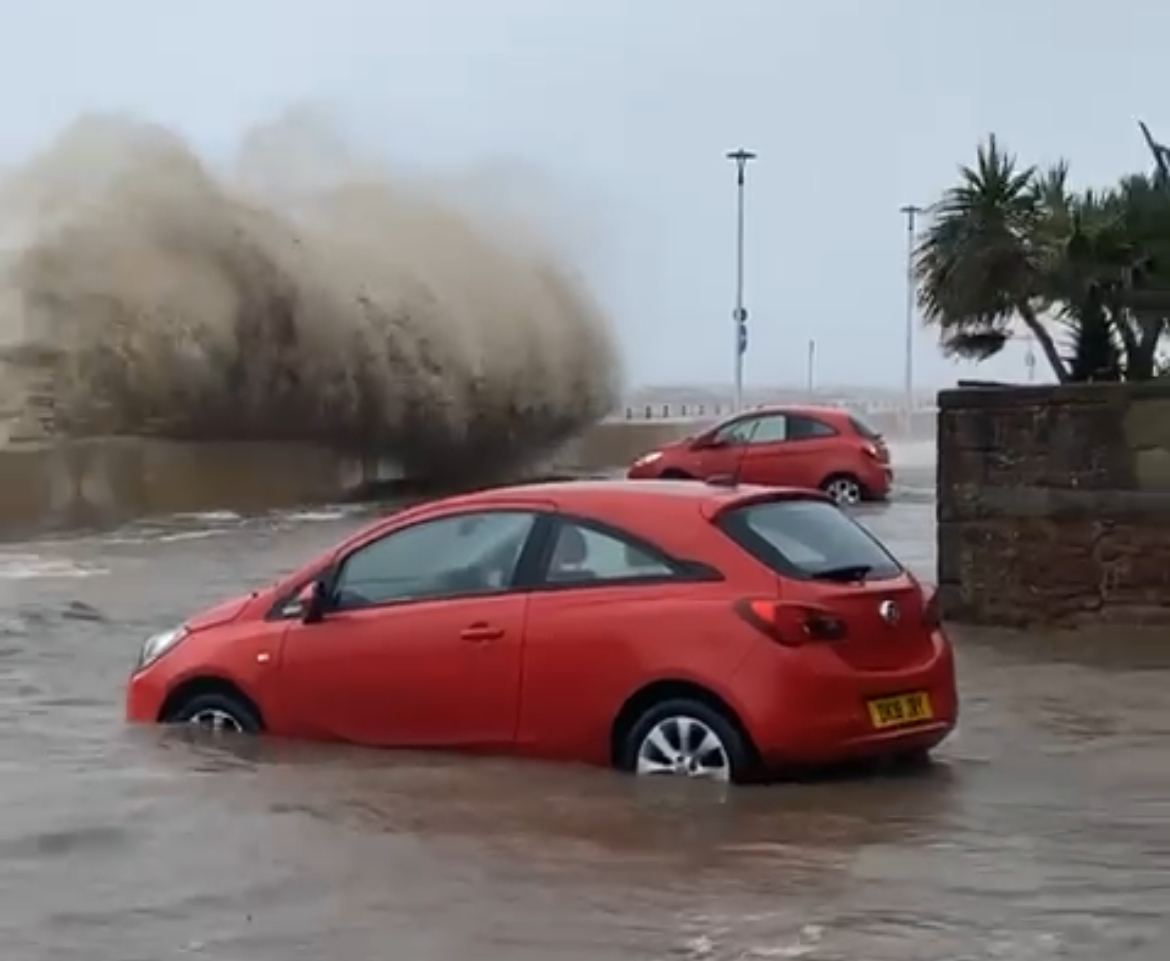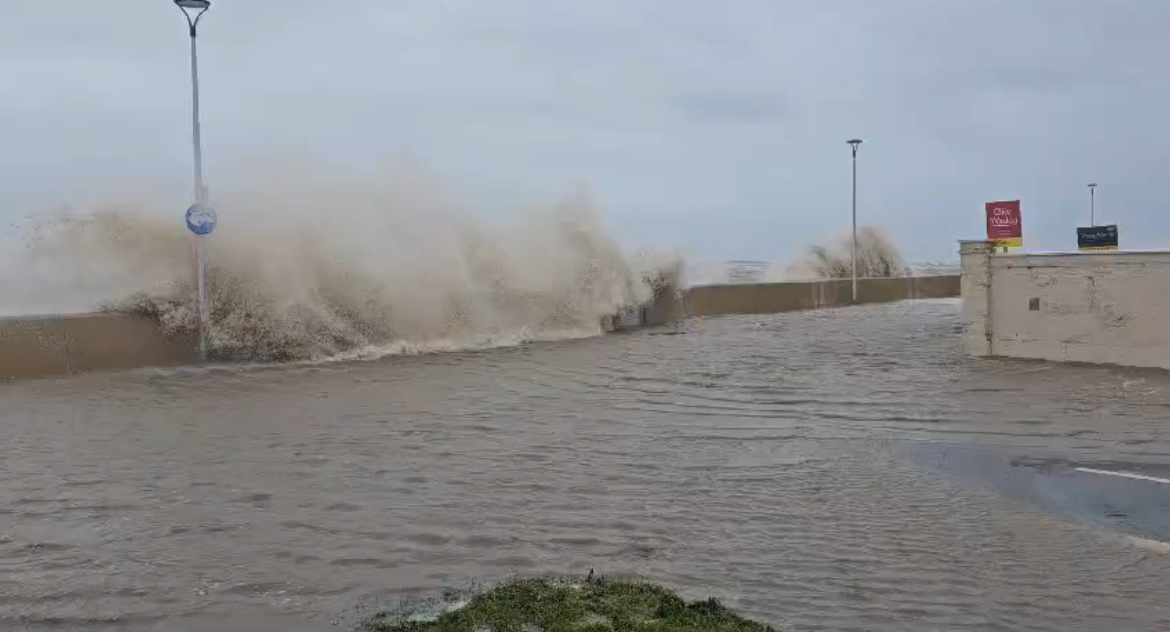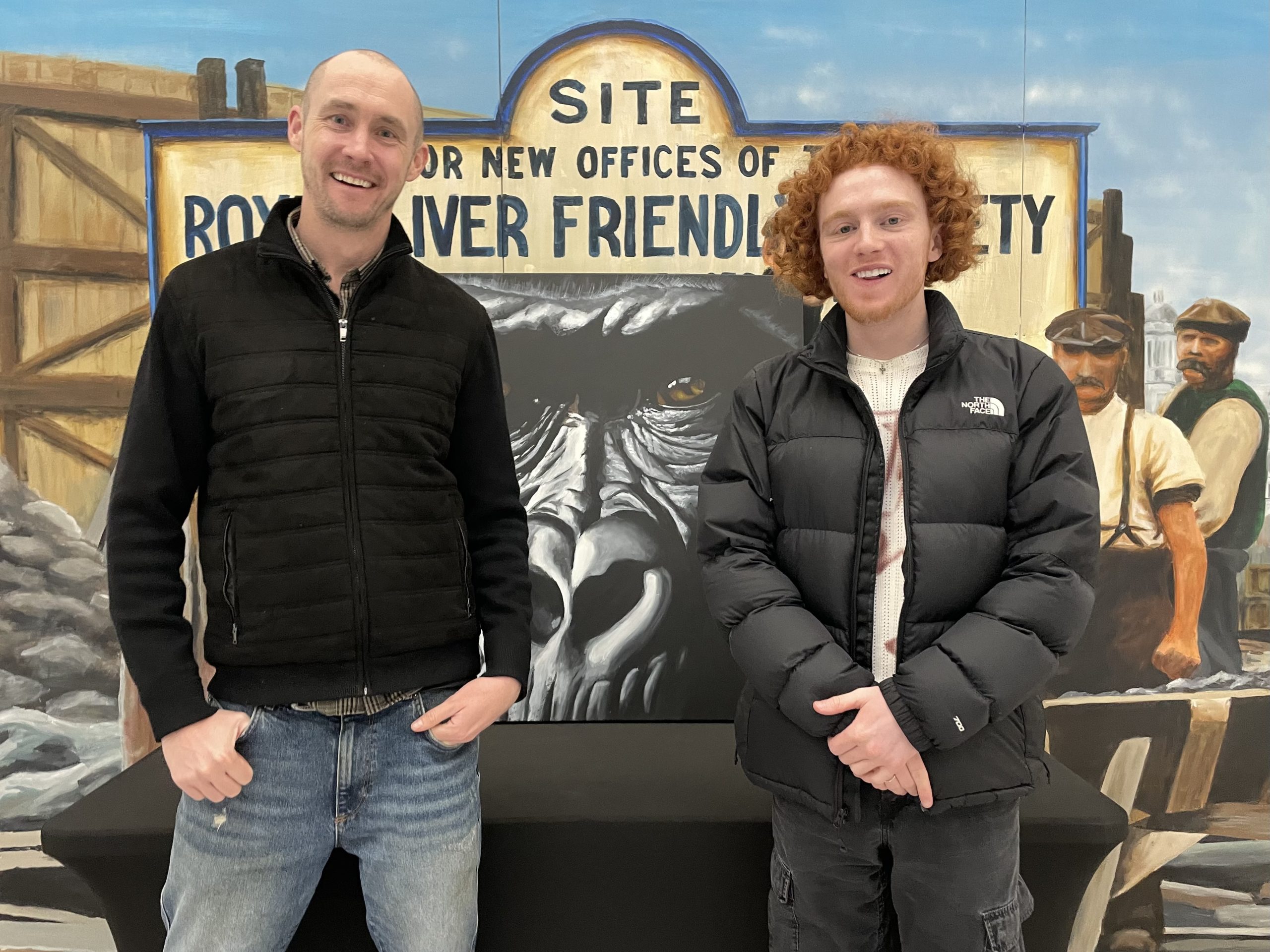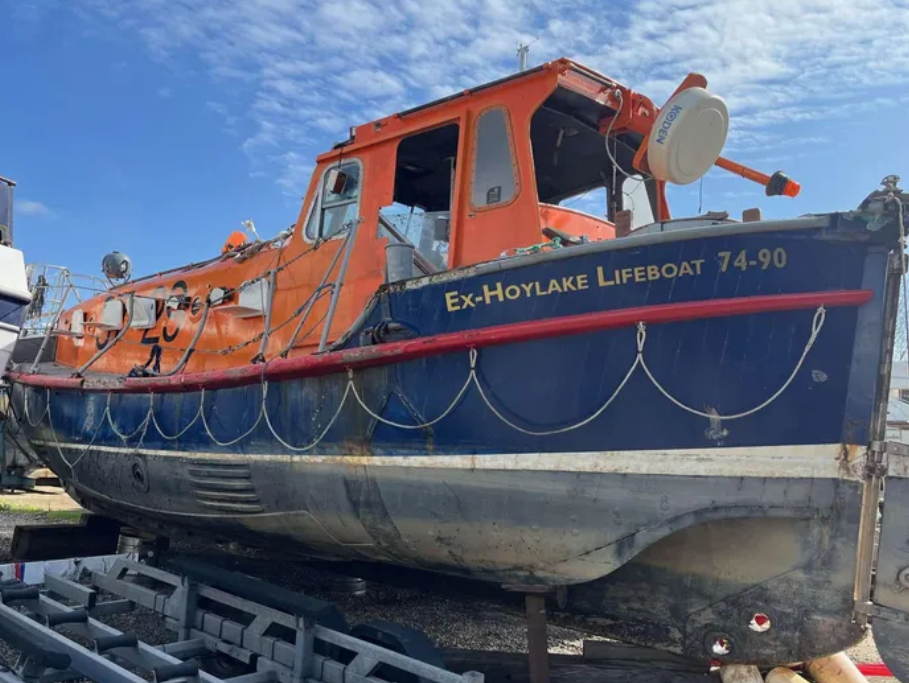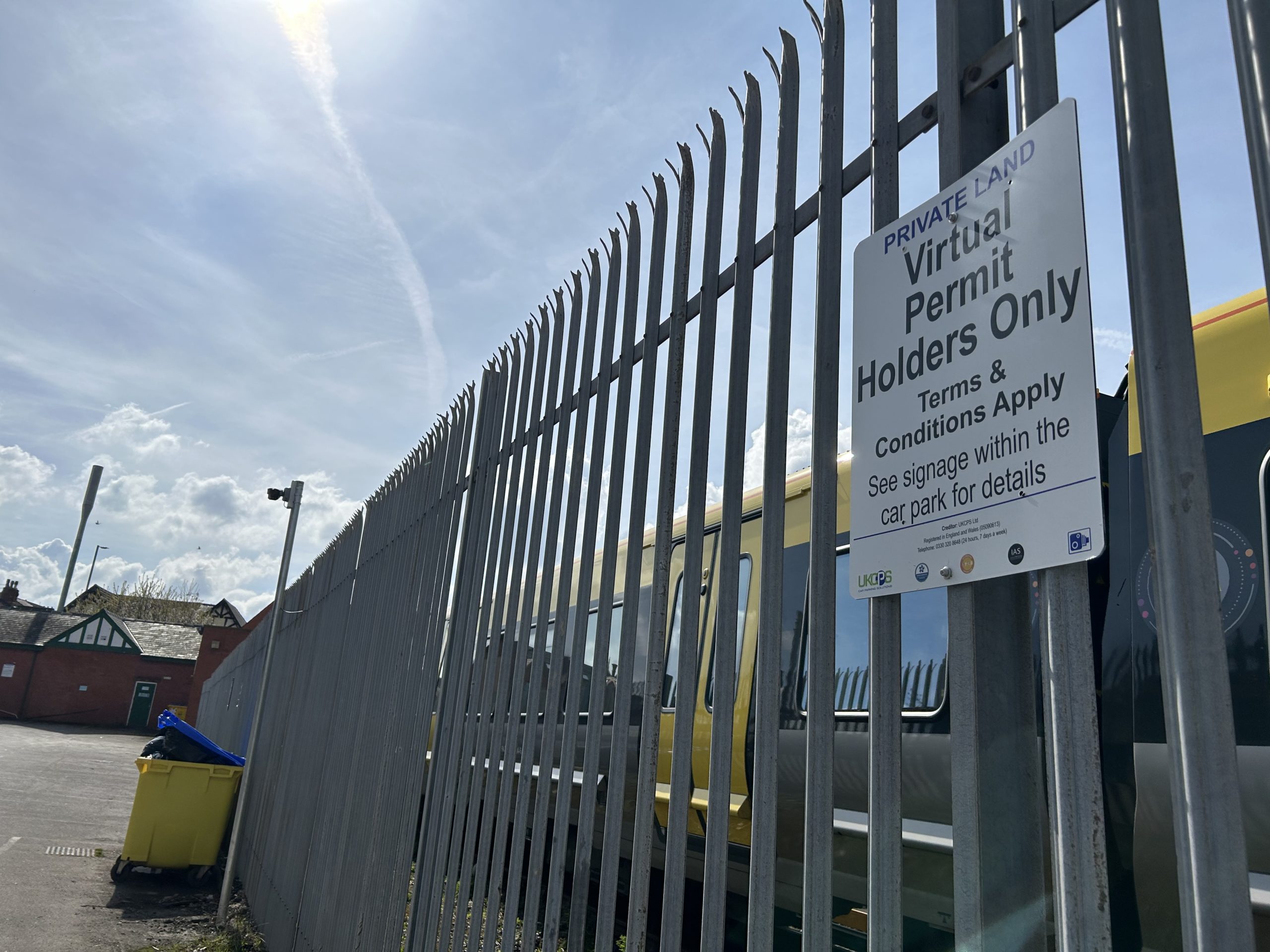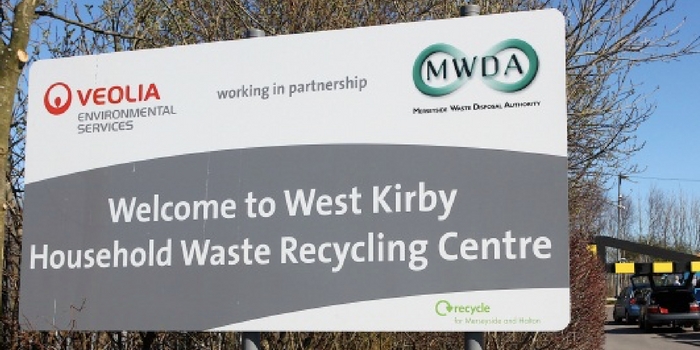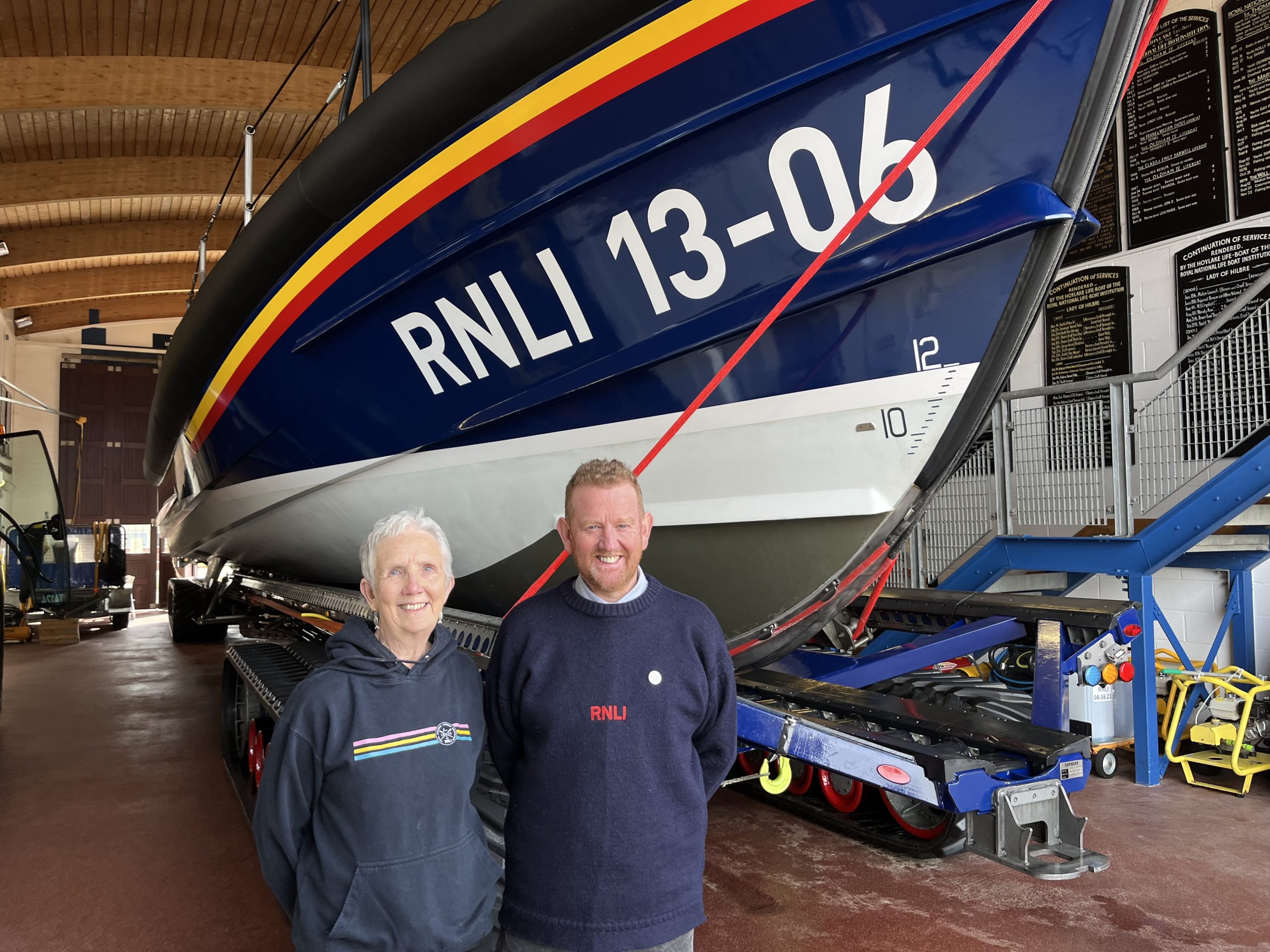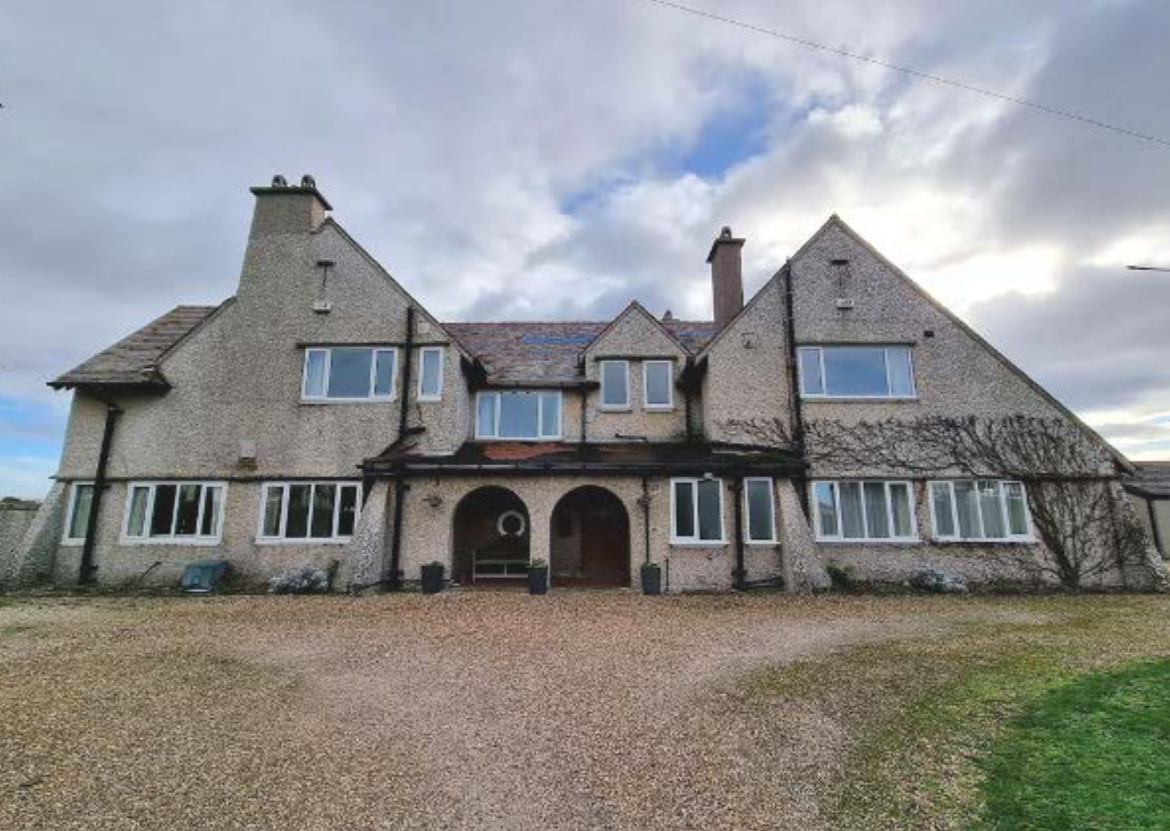Wood samples found in the car park of The Railway pub in Meols have been sent for analysis to discover if they are from a Viking ship.
Around 100 bore holes were dug last month in an attempt to find out whether or not the vessel, believed to be a wooden clinker, is underneath. It is thought it could date from a time when Meols was a vibrant seaport and had a large Scandinavian community.
It has now been revealed that ancient wood samples were found and have been sent away for carbon dating.
The origins of the mystery were explained in an interview broadcast on hospital community station, Radio Clatterbridge, with descendants of John McRae Snr, who witnessed it being exposed during building work more than 80 years ago.
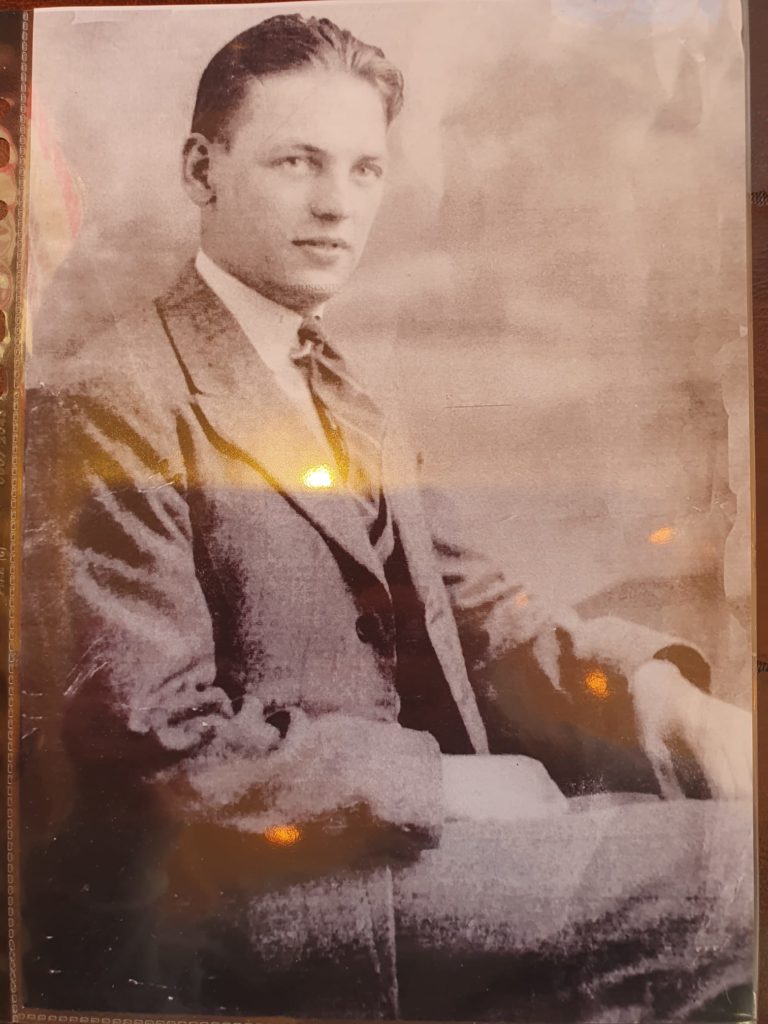
David Allan, Director of Wirral Archaeology, who have been working on the project with the University of Nottingham, told presenter Steve Evans: “It goes back to 1938 when they were building a new pub and were knocking the old Railway down.
“The workmen were under pressure, because in those days when one pub was closed and another one was being built to replace it, when the old pub closed the new one had to open on the same day otherwise they’d lose their licence.
“When they were digging the foundations of the new pub, the workmen came across what they thought was a very old boat, but the architects of the new pub said ‘we don’t want the archaeologists involved, cover it up’.
“So they covered it up, but not before John McRae had made a wonderful drawing of what he had seen, what he had found including the depths and a little segment of what he thought was the boat. That drawing ended up in Liverpool museum and is the basis for this whole archaeological investigation.”

John’s granddaughter, Karen McRae, said the story has been folklore in her family ever since: “When I was a small girl he used to tell us about it and as I got older obviously my dad would carry on the conversation.
“Apparently my granddad did come back after they’d all left work and snapped a bit of the boat off – I am now trying to find it!”
The issue came to the forefront again in the mid 2000s when Karen’s dad – John McRae – raised it with the archaeology department at Liverpool University, where it had been registered but forgotten about.
Since then it has become one of five projects for Wirral Archaeology Community Interest Company, resulting in the work last month.
The team drafted in archaeologist Charlie Jones, who has spent many years researching the Battle of Fulford in 1066. He has been joined by Professor Stephen Harding, a scientist who is an acknowledged expert on Viking settlements in Wirral.
David Allan revealed that their hunt has been a success: “After a week of investigation we have discovered bits of ancient wood which almost certainly have come from the boat, and also metal at quite a depth which could possibly have been the nails that might have held the boat together.”
He believes it is unlikely the boat is salvageable due to it being uncovered in 1938, and would cost millions of pounds to raise even if it was intact.
He added: “The air plus the bacteria that it contained has probably destroyed or rotted the wood, so it’s not in very good condition I am afraid. I don’t think we’ll be lifting it. It’s just good to know that it is there, and the samples will tell us quite a lot of information about it.”
The result of the carbon dating, which is being carried out in Norway, is expected in May. Other analysis is being carried out in Nottingham.
- You can listen to the full interview with Radio Clatterbridge here.
- This story has been updated to clarify the role of the University of Nottingham and correct an inaccuracy over where the material is being analysed.



